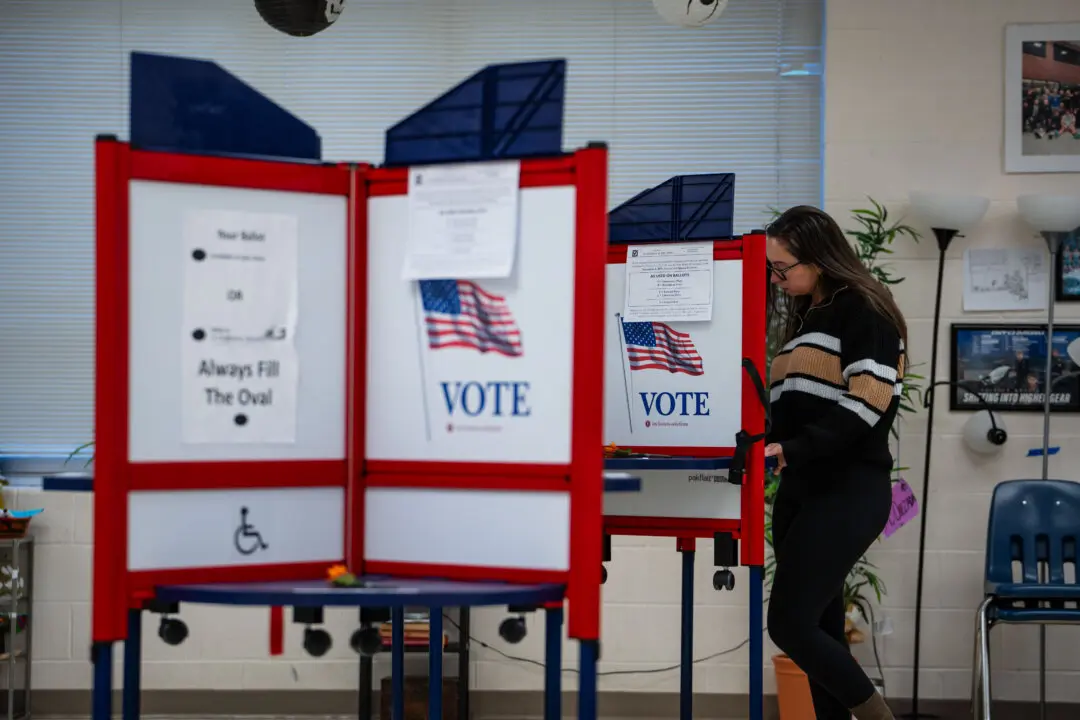The health director of the Washington county that encompasses Seattle confirmed the medical examiner’s office is struggling to store bodies due to rampant fentanyl overdoses across the city.
“A key indication of just how bad things are at the end of 2022, and likely to get worse and 2023, the medical examiner’s office is now struggling with the issue of storing bodies because the fentanyl-related death toll continues to climb,” Seattle-King County Public Health Director Dr. Faisal Khan said during a board meeting last week, captured on video by conservative local radio host Jason Rantz.





